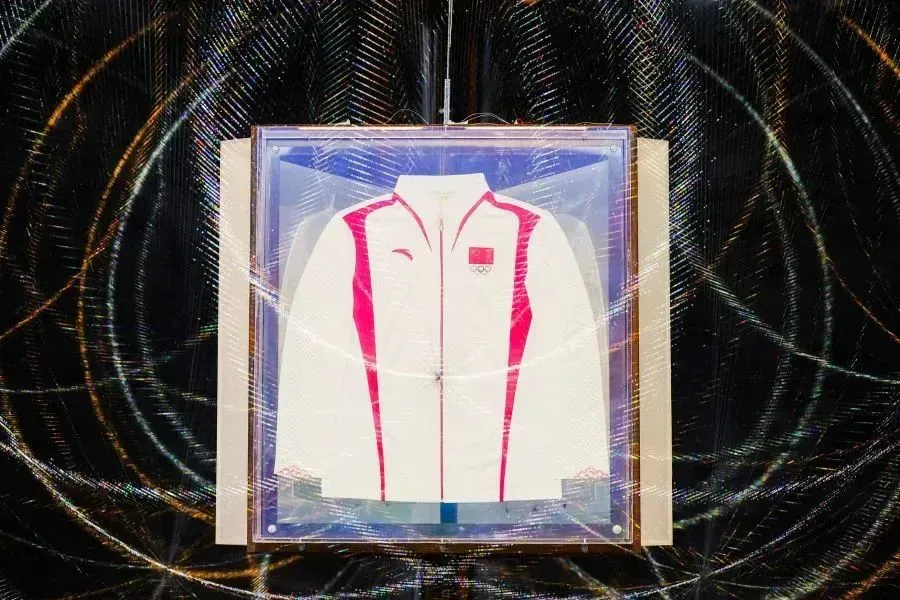
- Afrikaans
- Albanian
- Amharic
- Arabic
- Armenian
- Azerbaijani
- Basque
- Belarusian
- Bengali
- Bosnian
- Bulgarian
- Catalan
- Cebuano
- Corsican
- Croatian
- Czech
- Danish
- Dutch
- English
- Esperanto
- Estonian
- Finnish
- French
- Frisian
- Galician
- Georgian
- German
- Greek
- Gujarati
- haitian_creole
- hausa
- hawaiian
- Hebrew
- Hindi
- Miao
- Hungarian
- Icelandic
- igbo
- Indonesian
- irish
- Italian
- Japanese
- Javanese
- Kannada
- kazakh
- Khmer
- Rwandese
- Korean
- Kurdish
- Kyrgyz
- Lao
- Latin
- Latvian
- Lithuanian
- Luxembourgish
- Macedonian
- Malgashi
- Malay
- Malayalam
- Maltese
- Maori
- Marathi
- Mongolian
- Myanmar
- Nepali
- Norwegian
- Norwegian
- Occitan
- Pashto
- Persian
- Polish
- Portuguese
- Punjabi
- Romanian
- Russian
- Samoan
- scottish-gaelic
- Serbian
- Sesotho
- Shona
- Sindhi
- Sinhala
- Slovak
- Slovenian
- Somali
- Spanish
- Sundanese
- Swahili
- Swedish
- Tagalog
- Tajik
- Tamil
- Tatar
- Telugu
- Thai
- Turkish
- Turkmen
- Ukrainian
- Urdu
- Uighur
- Uzbek
- Vietnamese
- Welsh
- Bantu
- Yiddish
- Yoruba
- Zulu
Februari . 16, 2025 07:56
Back to list
carded yarn and combed yarn
Ripstop nylon is a revolutionary fabric that has transformed numerous industries with its strength, durability, and versatility. This lightweight yet sturdy material was originally developed during World War II to overcome the challenges faced by traditional fabrics in military applications. Its unique crosshatch pattern, achieved through a special reinforcing technique, prevents tears from spreading, making ripstop nylon the fabric of choice for products that require durability in harsh conditions.
From a sustainability perspective, ripstop nylon has seen innovations that offer environmentally friendly options. Many manufacturers are now focusing on recycled ripstop nylon, which aims to reduce waste and lower the environmental impact of production. As sustainability becomes a top priority across industries, eco-friendly ripstop nylon is an exciting development for environmentally conscious consumers and companies committed to reducing their carbon footprint. The manufacturing of ripstop nylon itself is a testament to modern engineering and innovation. The intricate weaving technique involves interweaving thicker threads at regular intervals in a crosshatch pattern. This design not only imparts the signature ripstop property but also enhances the fabric's overall structural integrity. Modern advancements in yarn technology and weaving techniques continue to improve the quality and capabilities of ripstop nylon, ensuring its relevance and indispensability across various applications. Ripstop nylon’s journey from a military innovation to a mainstream fabric is a story of adaptation and resilience. Its versatility across different industries underscores its unmatched quality and reliability. Whether for adventure, fashion, safety, sports, or sustainability, ripstop nylon continues to set the standard for materials that demand high performance and durability. In conclusion, the myriad applications and benefits of ripstop nylon establish it as a superior choice among fabrics. Its unparalleled resistance to tearing, combined with its lightweight properties, make it a go-to material for products that need to perform in demanding conditions. As technology advances and environmental concerns grow, ripstop nylon will undoubtedly continue to evolve, offering even more possibilities for innovation and sustainability in the future. The fabric's profound impact across multiple industries highlights the essential role played by materials in advancing human capabilities and improving the quality of life, setting a benchmark for excellence and reliability in modern material science.


From a sustainability perspective, ripstop nylon has seen innovations that offer environmentally friendly options. Many manufacturers are now focusing on recycled ripstop nylon, which aims to reduce waste and lower the environmental impact of production. As sustainability becomes a top priority across industries, eco-friendly ripstop nylon is an exciting development for environmentally conscious consumers and companies committed to reducing their carbon footprint. The manufacturing of ripstop nylon itself is a testament to modern engineering and innovation. The intricate weaving technique involves interweaving thicker threads at regular intervals in a crosshatch pattern. This design not only imparts the signature ripstop property but also enhances the fabric's overall structural integrity. Modern advancements in yarn technology and weaving techniques continue to improve the quality and capabilities of ripstop nylon, ensuring its relevance and indispensability across various applications. Ripstop nylon’s journey from a military innovation to a mainstream fabric is a story of adaptation and resilience. Its versatility across different industries underscores its unmatched quality and reliability. Whether for adventure, fashion, safety, sports, or sustainability, ripstop nylon continues to set the standard for materials that demand high performance and durability. In conclusion, the myriad applications and benefits of ripstop nylon establish it as a superior choice among fabrics. Its unparalleled resistance to tearing, combined with its lightweight properties, make it a go-to material for products that need to perform in demanding conditions. As technology advances and environmental concerns grow, ripstop nylon will undoubtedly continue to evolve, offering even more possibilities for innovation and sustainability in the future. The fabric's profound impact across multiple industries highlights the essential role played by materials in advancing human capabilities and improving the quality of life, setting a benchmark for excellence and reliability in modern material science.
Next:
Latest news
-
The Versatility and Elegance of White Cotton Poplin FabricNewsJun.23,2025
-
The Luxurious Comfort of Carded CottonNewsJun.23,2025
-
Explore the Luxurious Comfort of Cotton Flannel ClothNewsJun.23,2025
-
Discover the Versatility of Cotton Poplin ClothNewsJun.23,2025
-
Bleach Cotton FabricNewsJun.23,2025
-
100 Cotton BlendNewsJun.23,2025
-
Versatile Elegance with Poplin Fabric for SaleNewsMay.15,2025
